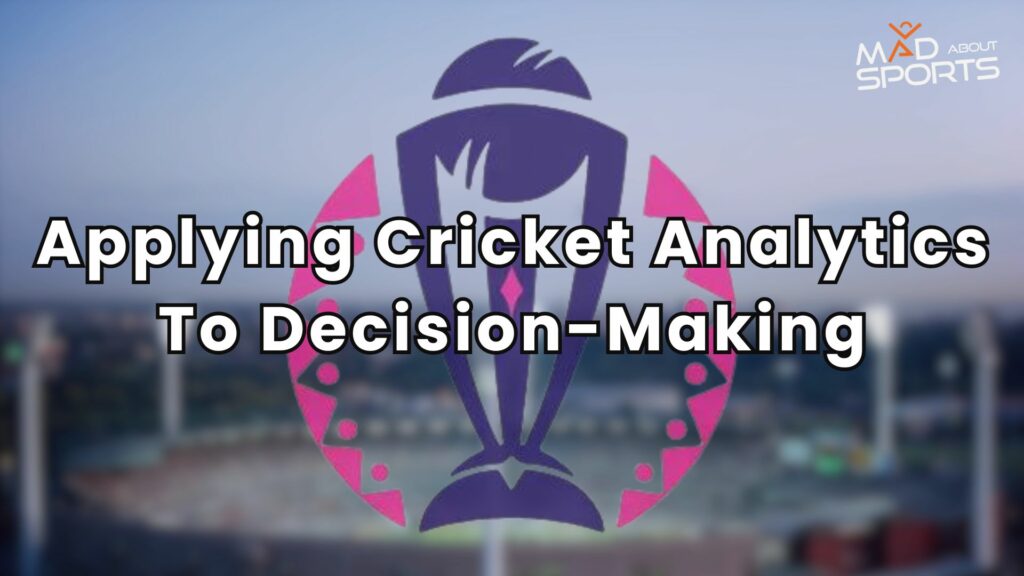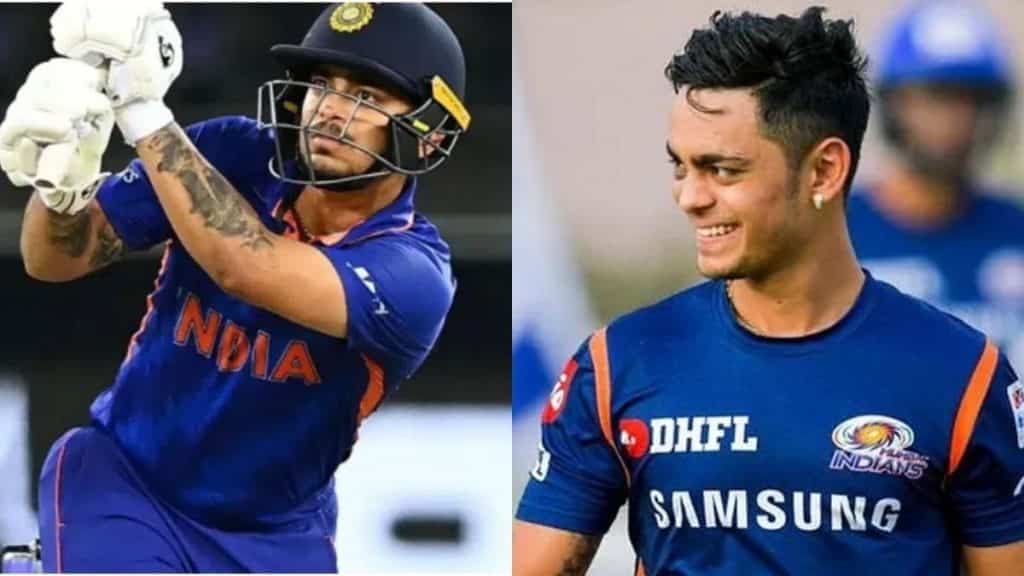Introduction
In the dynamic and strategic world of cricket, decision-making plays a pivotal role in determining the outcome of matches. The integration of cricket analytics into decision-making processes has emerged as a game-changer, offering teams a wealth of insights derived from statistical data and advanced metrics. Here let’s explore the profound impact of cricket analytics on decision-making in various facets of the game.
Before that, wanna make some life-changing decisions? Join our 5-day Cricket Analytics workshop and change the course of your life.
Table of Contents
Player Selection and Team Composition
Crucial decisions begin with assembling the right team. Cricket Analytics aids in player selection by:
- Form Analysis: Examining historical performance data to gauge player form and consistency.
- Match-ups: Identifying player strengths against specific opponents or playing conditions.
- Versatility: Assessing player’s adaptability to different formats and roles within the team.
By leveraging these insights, teams can optimize their playing XI for maximum effectiveness in diverse match scenarios.

Strategic Bowling Changes
Bowling changes at critical junctures can be decisive. Cricket analytics contributes by:
- Match Context Analysis: Understanding the context of the game to make informed decisions about when to introduce specific bowlers.
- Batter-Bowler Match-ups: Identifying bowlers with favorable records against particular opposition batters.
- Over-by-Over Planning: Utilizing data to plan bowling changes strategically, considering factors like pitch conditions and opposition strategies.
Effective bowling changes, guided by analytics, can apply pressure on the opposition and lead to breakthroughs.
In-Game Tactics
On-field decision-making is enhanced through real-time analytics:
- Field Placement: Adjusting field positions based on the batter’s scoring patterns and weaknesses.
- Run-Rate Analysis: Adapting strategies dynamically according to the required run rate.
- Review Decisions: Using data to make informed decisions when considering the review of on-field umpire decisions.
Smart in-game tactics driven by analytics can turn the tide of a match in favor of the strategic, data-savvy team.
Optimal use of PowerPlays
In limited-overs cricket, powerplays are crucial periods that demand strategic decision-making:
- Batting Powerplay: Identifying the right moments to maximize scoring during this phase.
- Bowling Powerplay: Utilizing data to determine when to take wickets and control the run rate.
- Player-Specific Plans: Tailoring powerplay strategies based on individual player strengths and weaknesses.
Teams using analytics in a better manner can capitalize on powerplays, gaining a competitive edge in the shorter formats.
Injury Monitoring and Workload Management
Ensuring player fitness and managing workloads is paramount for sustained success.
- Injury Prediction: Using historical data to identify potential injury risks and implement preventive measures.
- Workload Balance: Monitoring player’s workload to prevent fatigue and optimize performance.
Analytics-driven decisions in player management contribute to sustained team performance over the long run.

Conclusion
As the cricketing world continues to embrace technology, the synergy between data and decision-making will undoubtedly shape the future of this beloved sport, captivating all of those who are involved.




